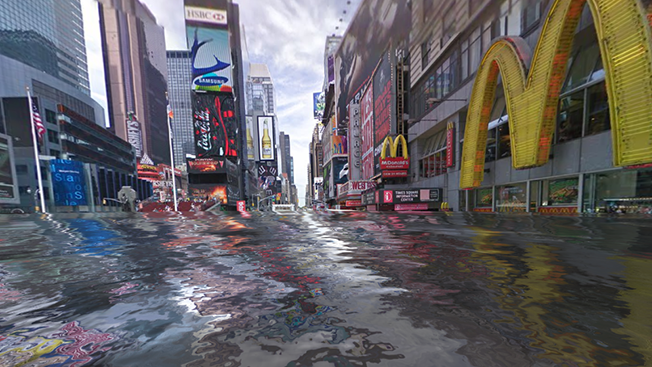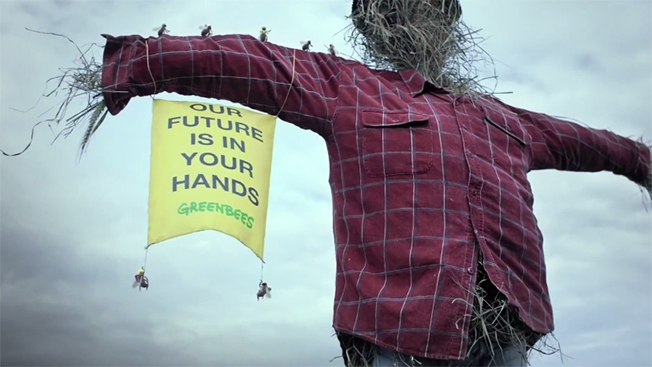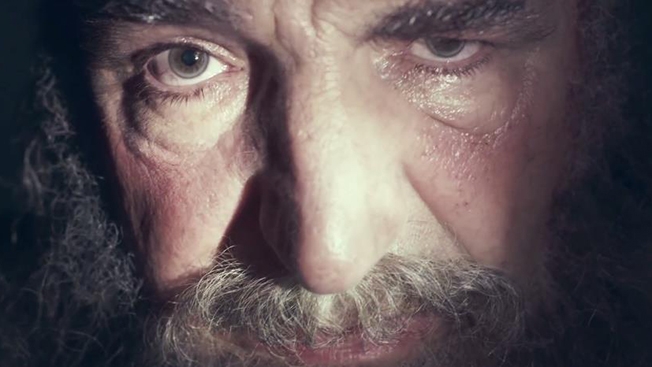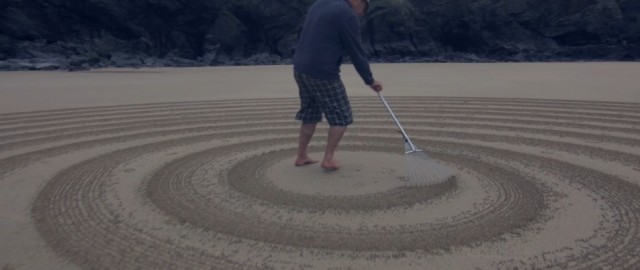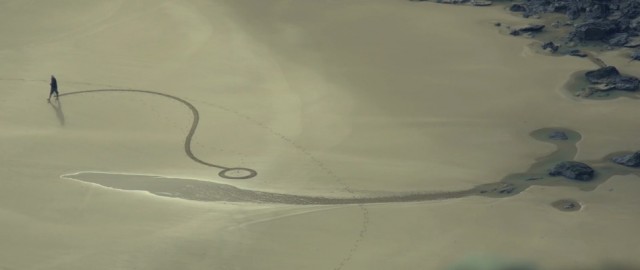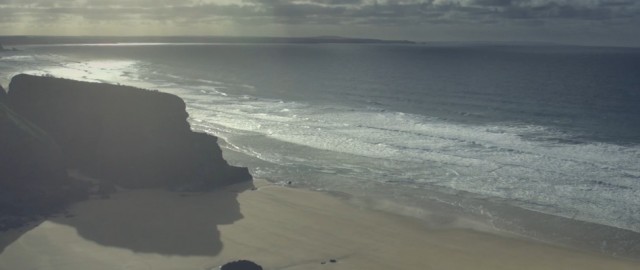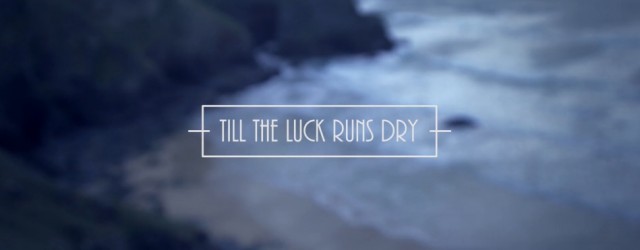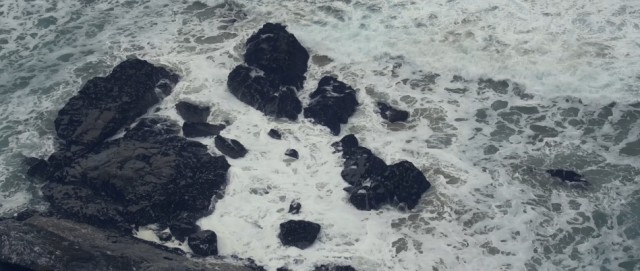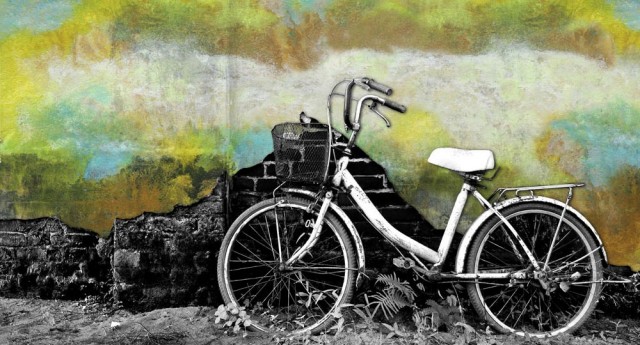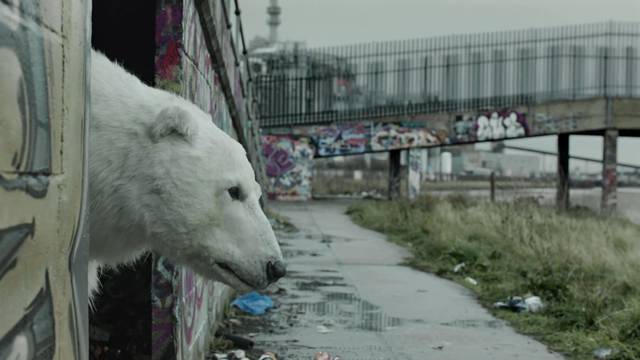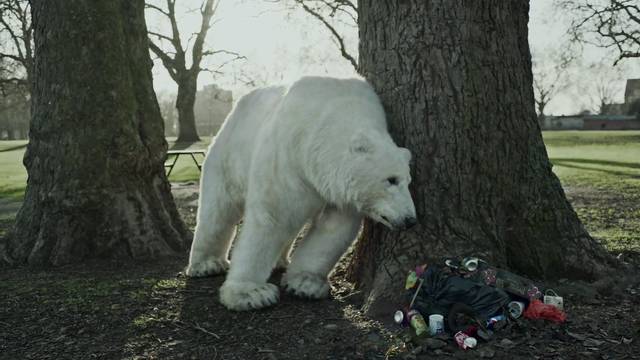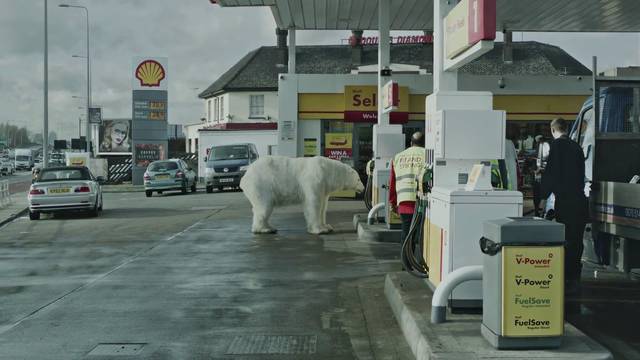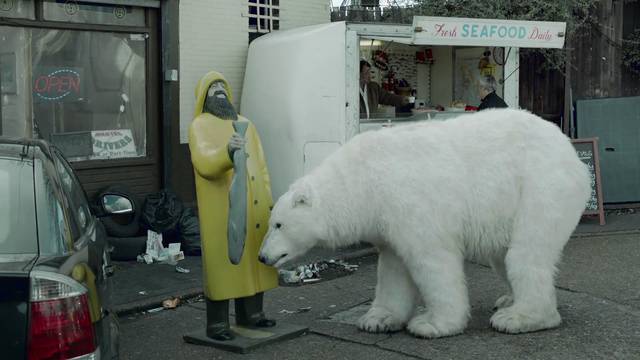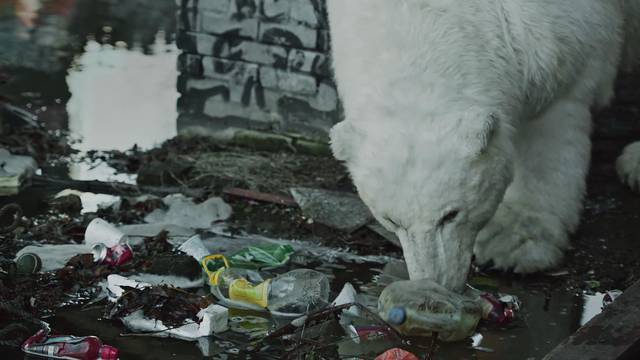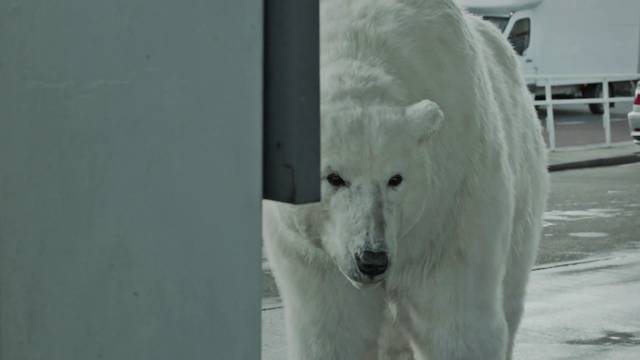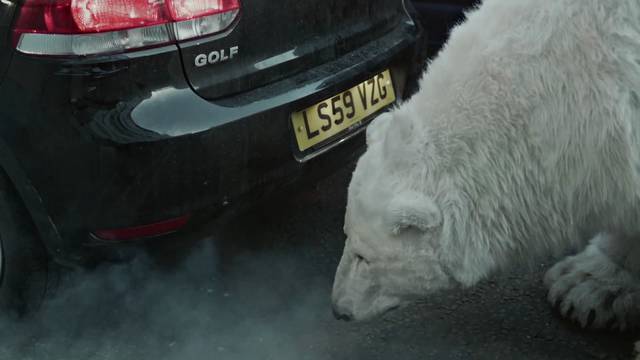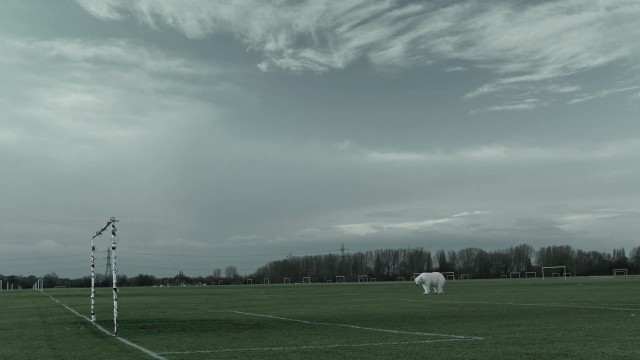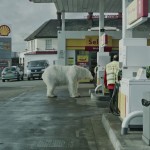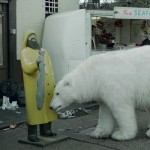This morning I was pulling poison ivy. It looked like I was up against the withering prospect of pulling more than a hundred individual plants. But I found that if I dug my gloved finger to the root and gently tugged, I could trace it through other roots and stems in my neglected garden, then fairly easily zip out whole tracts of the stuff. Without pulling a single individual plant, tugging up the root dislodged all the ones I could see and a lot that I hadn’t seen in the tangle of vegetation. When I was a teen I yearned to travel America to see “how other people live.” Now, basically, you can see how they live from wherever you happen to be. The same advertising, the same chain stores, and the same TV, radio and print conglomerates have largely replaced America with the same repeating road-stop strip mall, from sea to shining sea. Everyone’s head throbs with the same songs, and young people “relate to” the same handful of company logos and media characters. Corporate “news” reports on how the actual people who play fictional characters are faring in their reproduction and rehab. As I was freeing my American garden from toxic infestations, my mind drifted to the image of the chain stores along a highway, each strip mall a sprig of leaves, connected by an unseen cable of root. I imagined that I was driving cross-country on a big interstate highway, pulling up chain stores as I went along, helping free up a land strangling in a rash of sameness.
Modern corporations were essentially illegal at the founding of the United States (the colonists had had enough of British corporations). In the new country, corporations could form, raise public capital, and share profits with stockholders only for specified activities that benefited the public, such as constructing roads or canals. Corporate licenses were temporary. Corporations were forbidden from attempting to influence elections, lawmaking, public policy, or civil life. Imagine.
But from the beginning, corporate-minded men chafed for power, prompting Thomas Jefferson to write in 1816, “I hope we shall … crush in its birth the aristocracy of our moneyed corporations, which dare already to challenge our government to a trial of strength and bid defiance to the laws of our country.”
For the first century after the American Revolution, legislators maintained control of the corporate chartering process. Then they essentially lost it as a series of court decisions established corporate “rights” and corporate “personhood.” These laws have been catastrophic for democracy, with planetary implications.
Corporate globalization has been called “the most fundamental redesign of social, economic, and political arrangements since the Industrial Revolution.” Corporations have swept real economic and political power away from governments. Of the hundred wealthiest countries and corporations listed together, more than half are corporations. ExxonMobil is richer than 180 countries – and there are only about 195 countries. Without the responsibilities or costs of nationhood, corporations can innovate and produce at unprecedented speed and scale. Yet they can also undertake acts of enormous environmental destruction and report a profit.
The behavior of corporations arises from their wide freedom of action and their limited liability for harms caused. Further, shareholders “own” and profit by the corporation, but “limited liability” means shareholders can lose no more than the money invested; they aren’t held responsible for anything the corporation does. If they were, stockholders might know what companies they “own” and why. They might demand corporate responsibility. They might invest more carefully. But because they’re not, they don’t.
Further, if a corporation can make a larger profit by wrecking a community, the law says it must. Perhaps the most famous case in corporate law was decided in the Supreme Court of Michigan in 1919 when Henry Ford got sued by the Dodge brothers (yes, those Dodge brothers). Ford wanted to plow profits back into the company and its employees. “My ambition is to employ still more men,” the New York Times quoted Ford as saying, “to spread the benefits of this industrial system to the greatest possible number, to help them build up their lives and homes. To do this we are putting the greatest share of our profits back in the business.” The judges posed a short question: What is a corporation for? The judges answered themselves by saying corporations are “primarily for the profit of the stockholders.” Not for the benefit of employees or community. Corporate managers – regardless of personal scruples or desire to “do good” – are forced to always put profits first.
>>>>>>>>>>>>>>
The profit-maximization imperative creates continuous pressure to dump waste in the public commons and to shift the resulting costs to the public through subsidies, tax-funded pollution cleanups, and such. Where dumping waste is illegal, corporations may be fined for violations. Such fines often become “a cost of doing business,” while shareholders know that corporations never get sent to jail, and that some are “too big (to be allowed) to fail.” To the extent that governmental regulations get annoying, corporate appetites engulf those too, backing and basically installing cooperative elected officials, then coercing the removal of regulatory “barriers” (formerly: “public protections”).
However, we can envision how a more public-minded government might deal with risk-prone corporations. In Wold War II, the US government seized control of certain German companies inside the United States. Obviously, it wouldn’t do to have German chemical plants on American soil while we were engulfed in war with Germany. The companies were not destroyed, just controlled by the government for a while; some still exist. When U.S. automakers got into serious trouble and went into bankruptcy in 2009, the federal government stepped in to control management for a while. These weren’t punitive moves exactly, but one can imagine ways in which corporations acting as bad citizens might have to do some time with, say, their stocks frozen – no trading, maybe – while a government of the people does a little potty training with the executives.
In real life as we know it, the profit-maximization imperative means that any company seeking to act responsibly incurs a competitive disadvantage. The implications are generally a cascade of catastrophes because essentially all the money in the world is thus under pressure to act irresponsibly. Any other impulse must buck that tide.
The corporations’ central tenet of faith, their object of worship, their grail and their gruel: growth. Growth fueled by continually unearthing new resources and cheaper labor. Growth fed by raising and fattening new consumers. Growth had historically resulted from technical progress and growing population. It became a central pursuit of government policy mainly after World War II.
But Planet Earth cannot grow. Not any faster than it accumulates stardust, anyway. If the economy “grows” while resources like water, forest, and fish are being depleted, it’s not growth: it’s just blowing more bubbles. Yet because our economic system shows unconditional love for growth, it doesn’t ring alarm bells over bubbles. But count on this: the bigger the bubble, the worse the burst.
The first corporate century, the 20th, was a period of explosive growth. Despite as many as 150 million human beings killed in warfare between 1900 and Y2K, the world population quadrupled. Energy use increased sixteen-fold. The fish catch – which peaked in the late 1980s – increased thirty-fold. The sheer amount of stuff used annually flies in flocks of zeros that defy comprehension: 275,000,000 tons of meat, 370,000,000 tons of paper product, et cetera. Incredibly, of all the earthly materials that human hands have ever transformed, fully half of that material transformation has occurred since World War II.
“It is impossible for the world economy to grow its way out of poverty and environmental degradation,” writes the resource-minded economist Herman Daly, because the economy is a “subsystem of the earth ecosystem, which is finite, non-growing and materially closed.”
And economists think the solution to our problems is more growth? We’ve been terribly misled. But more development – that’s a different proposition. “Grow” means to increase in size by adding. "Develop" means to realize potentials, to make better.
Because the world is pretty much fully tapped, growth now threatens development. In a postgrowth world, we’d measure things like community and satisfaction. We’d replace the feverish tail chase of the material with life, liberty, and the pursuit of happiness. Those come from development, not from growth. Let’s not confuse the two.
During challenging ocean conditions, certain sea jellies “de-grow.” They don’t just lose fat or slim down; they actually lose cells and simplify structures. When times are good, they regrow. Because they are adding new cells and regrowing structures (not just replumping), they are actually rejuvenated – younger than they were. On the other end of the scale, Edward Abbey long ago observed that growth for the sake of continuous growth is the strategy of cancer. Knowing what we now know, it appears that the world can’t produce enough to grow our way out of poverty. But we could certainly shrink our way out.
Carl Safina is a MacArthur fellow and host of the PBS television show Saving the Ocean. This essay originally appeared in his book The View From Lazy Point.




![]()


